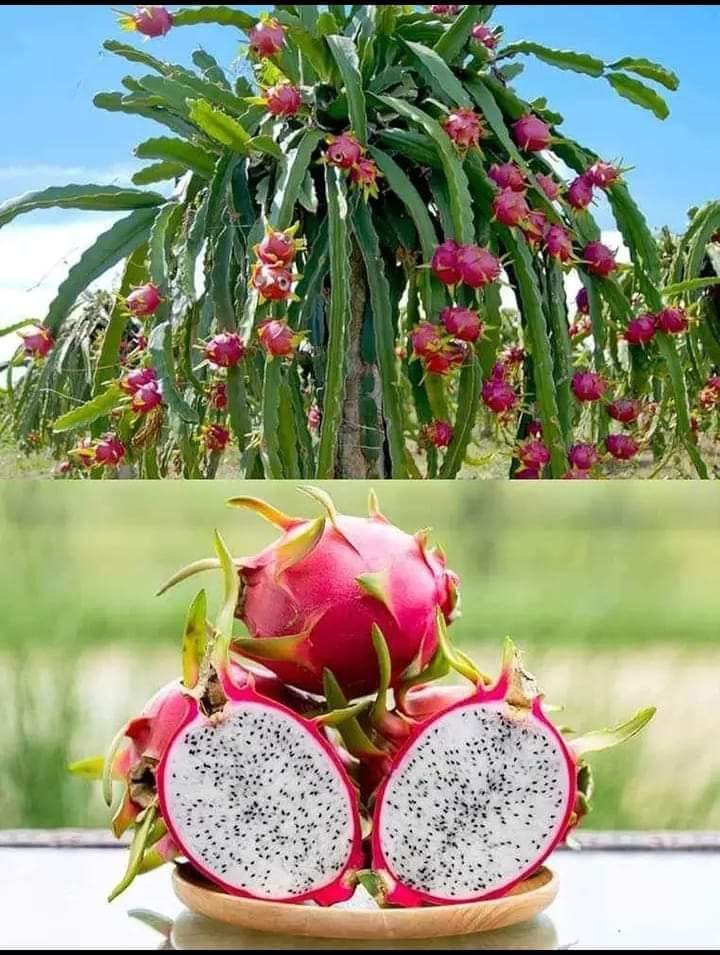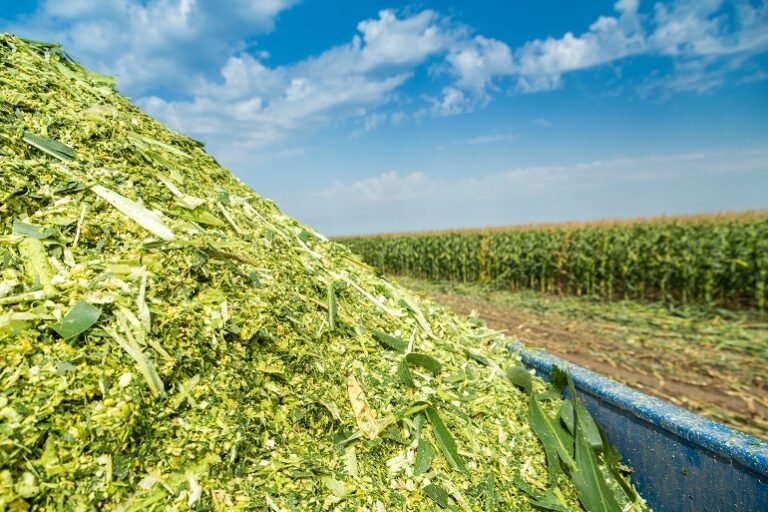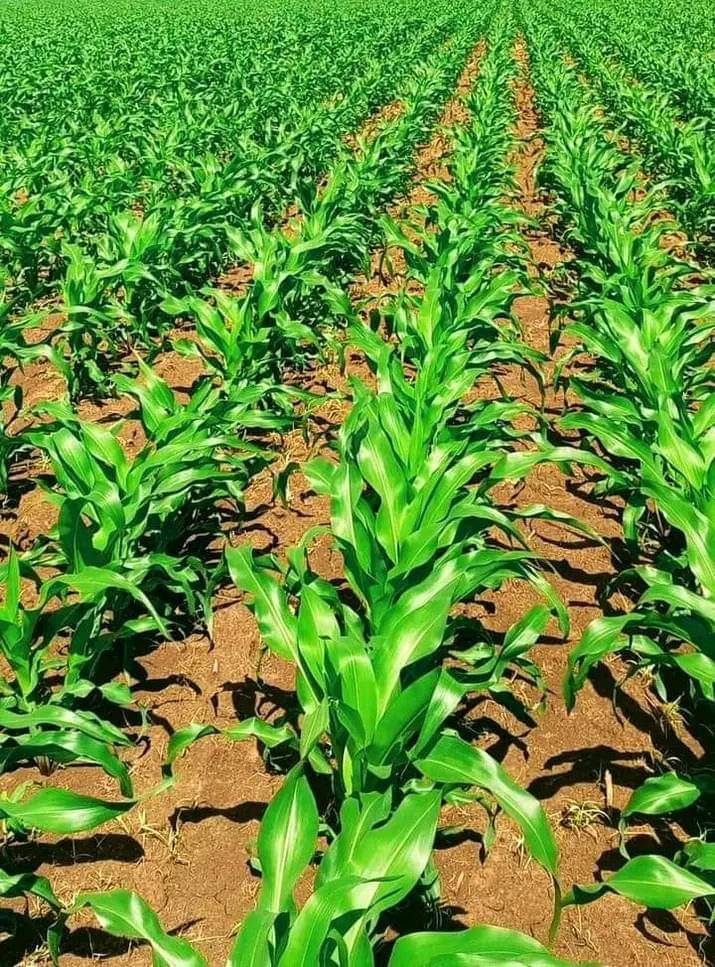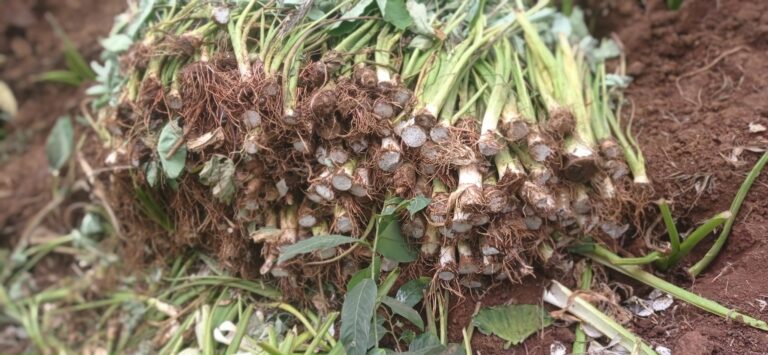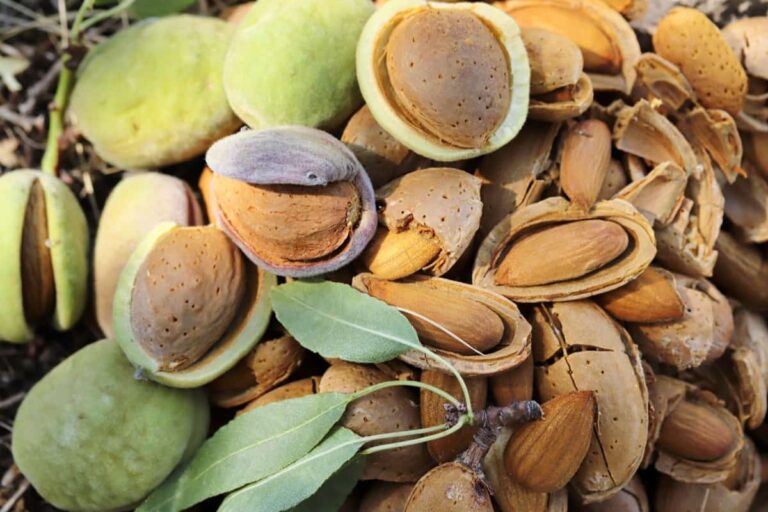Cost Of Drip Irrigation System Per Acre In Kenya
In Kenya, the cost of installing a drip irrigation system ranges from KES 75,000 to KES 160,000 per acre, depending on the system’s complexity, farm size, and crop type. Here’s a detailed breakdown of the costs based on the number of drip lines per bed:
- 1 Drip Line per Bed: KES 75,000
- 2 Drip Lines per Bed: KES 130,000
- 3 Drip Lines per Bed: KES 160,000
These prices cover essential components such as drip lines, connectors, main and sub-main pipes, and installation services.
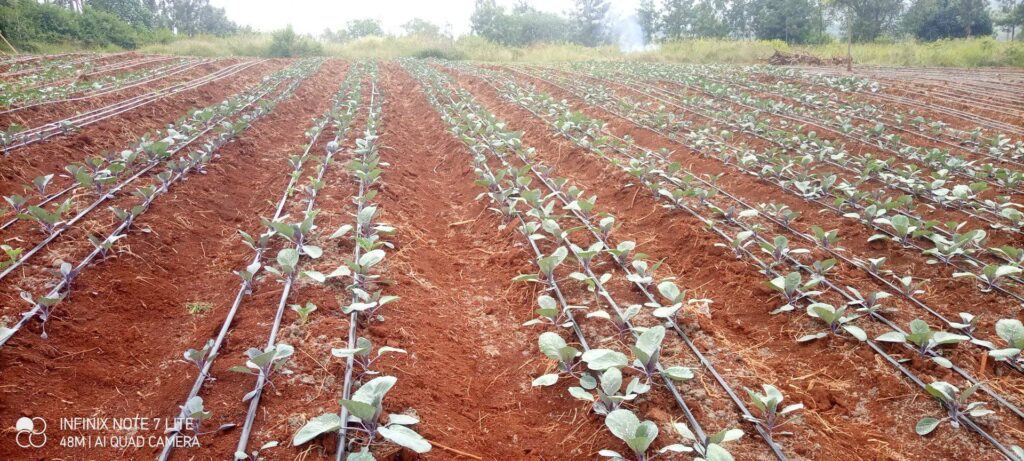
1 Drip Line per Bed Cost Breakdown
- Drip Lines: Ksh 30,000
- Main and Sub-Main Pipes: Ksh 10,000
- Filters and Fittings: Ksh 5,000
- Water Storage Tank: Ksh 20,000 (if not already available)
- Installation Labor: Ksh 10,000
Total Estimated Cost: Ksh 75,000
Factors Influencing Cost
- Type of Crop: Different crops have varying water requirements, affecting the design and cost of the system.
- Terrain: Sloped or uneven terrain may require additional components, increasing the cost.
- Water Source: Proximity and accessibility to a reliable water source can impact the overall cost.
- Quality of Materials: Using high-quality, durable materials can increase the initial cost but reduce maintenance expenses over time.
How Many Rolls of Drip Irrigation Per Acre?
For an acre of land, you typically need:
- 1 Roll of Drip Line: Approximately 1000 meters of drip line is required for one drip line per bed.
- 2 Rolls: For two lines per bed, you would need about 2000 meters.
- 3 Rolls: For three lines per bed, about 3000 meters would be required.
The number of rolls depends on the crop type and the desired spacing between the lines.
- 1 Line per Bed: Suitable for crops with lower water requirements.
- 2 Lines per Bed: Recommended for moderate water-demanding crops.
- 3 Lines per Bed: Ideal for high water-demanding crops or in areas with less efficient water delivery systems.
Typically, you would install two to three drip lines per acre depending on the specific requirements of the crops being cultivated.
The installation of a drip irrigation system in Kenya can range from KES 75,000 to KES 160,000 per acre, with specific requirements for the number of rolls and lines depending on the crop type and irrigation design.
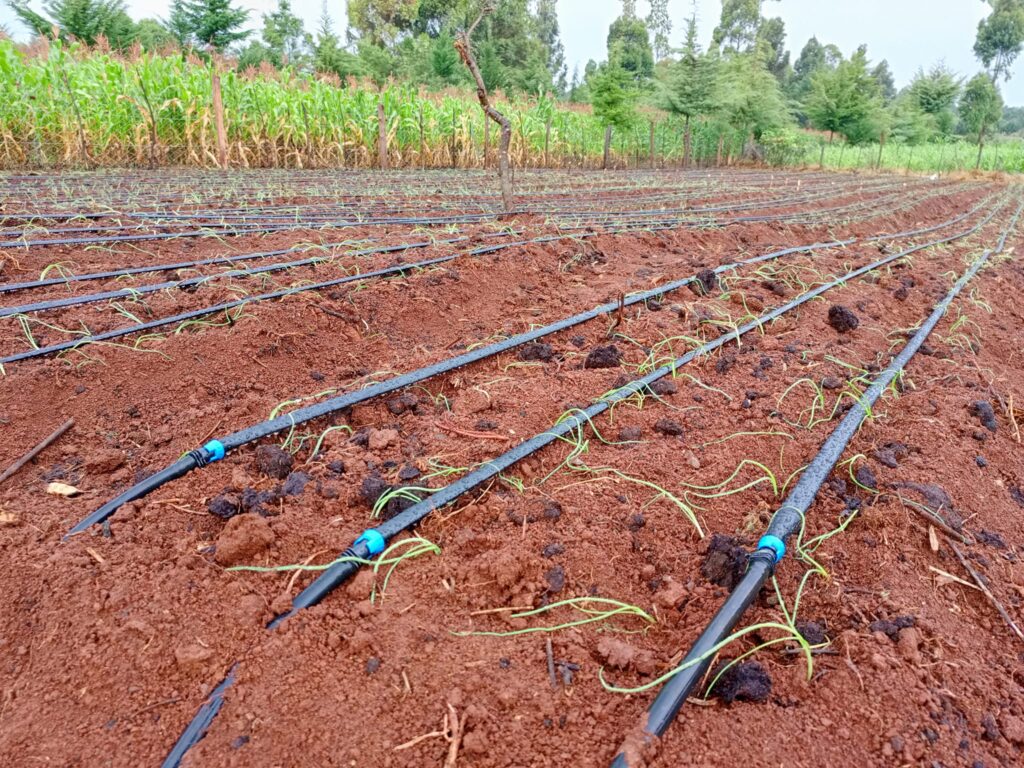
Benefits of Drip Irrigation
Water Efficiency
Drip irrigation delivers water directly to the plant roots, minimizing evaporation and runoff. This method can save up to 50-70% of water compared to traditional irrigation methods.
Improved Crop Yield and Quality
By providing consistent moisture levels, drip irrigation promotes healthy plant growth and can increase crop yields and quality. Uniform water distribution reduces plant stress and enhances nutrient uptake.
Weed and Disease Control
Drip irrigation limits water contact with plant leaves and stems, reducing the risk of fungal diseases and weed growth. Targeted watering ensures that only the crops receive water, not the surrounding weeds.
Nutrient Management
Fertigation, the process of delivering nutrients through the irrigation system, is more efficient with drip irrigation. This method allows precise control over nutrient delivery, improving plant nutrition and reducing fertilizer waste.
Labor Savings
Automating the irrigation process with a drip system reduces the need for manual watering, saving labor costs and time. Once installed, drip systems require minimal maintenance compared to other irrigation methods.
FAQs
How much does it cost to install a drip irrigation system per acre in Kenya?
The cost ranges from Ksh 75,000 to Ksh 160,000 per acre, depending on factors like crop type, terrain, water source, and material quality.
How many rolls of drip irrigation are needed per acre?
Approximately 3 rolls of drip tape, each 1000 meters long, are required per acre, assuming standard 1-meter row spacing.
What are the benefits of drip irrigation?
Drip irrigation offers benefits such as water efficiency, improved crop yield and quality, weed and disease control, better nutrient management, and labor savings.
Can drip irrigation be used for all types of crops?
Drip irrigation is versatile and can be used for a wide range of crops, including vegetables, fruits, and field crops. However, the system design may need to be adjusted based on specific crop requirements.
How often should I maintain my drip irrigation system?
Regular maintenance is essential to ensure optimal performance. Check for clogs, leaks, and wear in the drip lines and filters periodically, and clean or replace components as needed.

